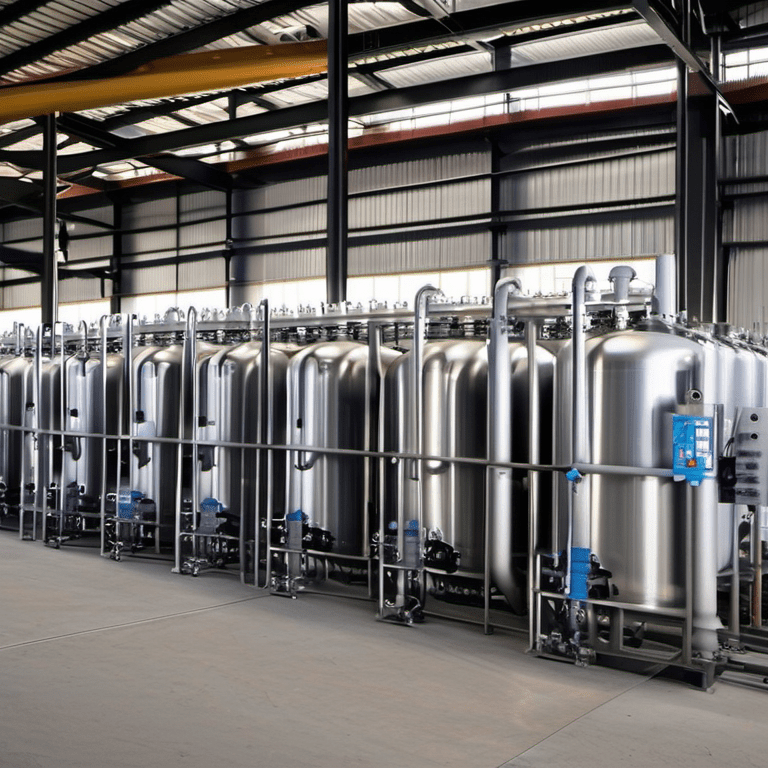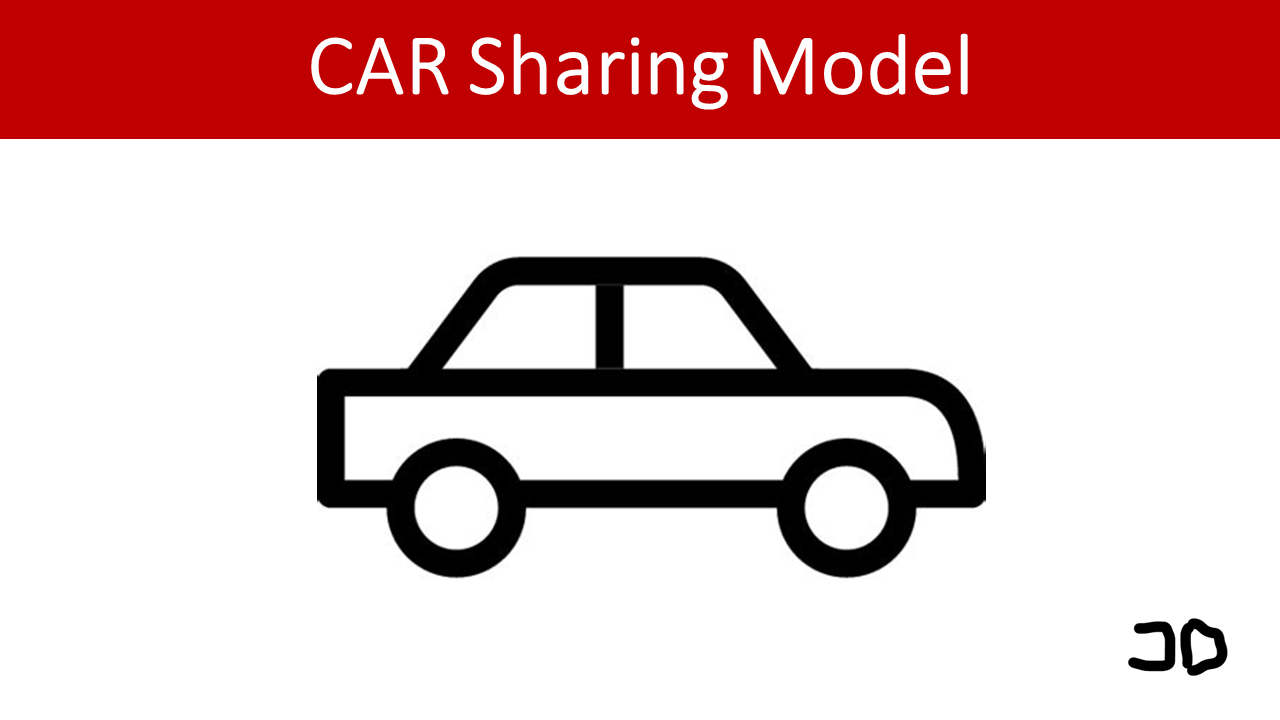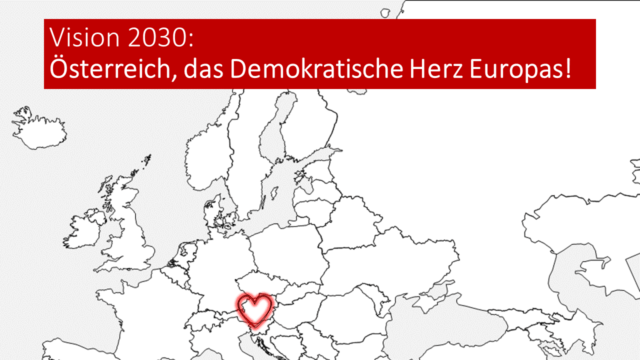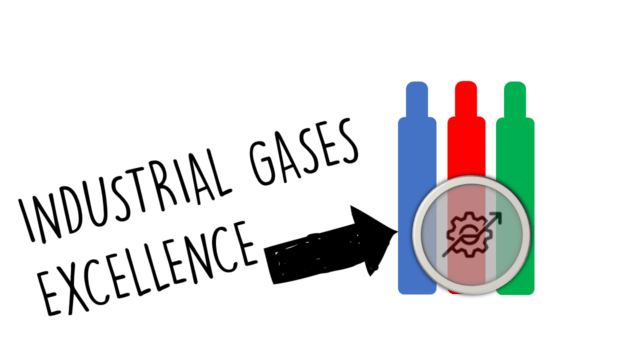Industrial gases are a critical component of many industries, including manufacturing, healthcare, food processing, and more. These gases, which include oxygen, nitrogen, carbon dioxide, and others, are used in a variety of applications from welding to freezing food to operating medical equipment. However, managing and controlling these gases can be a complex task. This is where the concept of remote control comes into play.
Needs:
The need for remote control in the management of industrial gases arises from several factors. First, these gases are often stored in large quantities and in multiple locations. This makes it difficult to monitor their levels and usage manually. Second, many industrial gases are hazardous and require careful handling to prevent accidents. Remote control can help ensure safety by allowing operators to manage gas supplies from a safe distance. Finally, efficient use of industrial gases can result in significant cost savings. Remote control can help achieve this by providing real-time data on gas usage and enabling timely refills or adjustments.
Solution:
The solution lies in the integration of remote control technology with autonomous semitrailer systems for transporting industrial gases. An autonomous semitrailer equipped with sensors and communication devices can monitor the levels of gases in its tanks and transmit this information to a central control system. This allows operators to track gas usage in real-time and make necessary adjustments without having to physically inspect the tanks.
Moreover, the autonomous semitrailer can be programmed to refill its tanks automatically when they reach a certain level. This not only ensures a continuous supply of gases but also reduces the risk of accidents caused by manual handling.
Action:
Implementing this solution involves several steps. First, existing semitrailers need to be retrofitted with sensors and communication devices or replaced with new ones that already have these features. Next, a central control system needs to be set up to receive and process data from the semitrailers. This system should be capable of sending commands to the semitrailers for automatic refilling and other operations.
Finally, operators need to be trained on how to use the new system. This includes understanding the data provided by the system, making decisions based on this data, and troubleshooting any issues that may arise.
Conclusion:
In conclusion, cracking the remote control code for industrial gases involves leveraging technology to improve safety, efficiency, and cost-effectiveness. By integrating remote control with autonomous semitrailer systems, companies can better manage their gas supplies and reduce the risks associated with handling these gases. While implementing this solution requires investment in technology and training, the benefits in terms of improved operational efficiency and safety make it a worthwhile endeavor.




